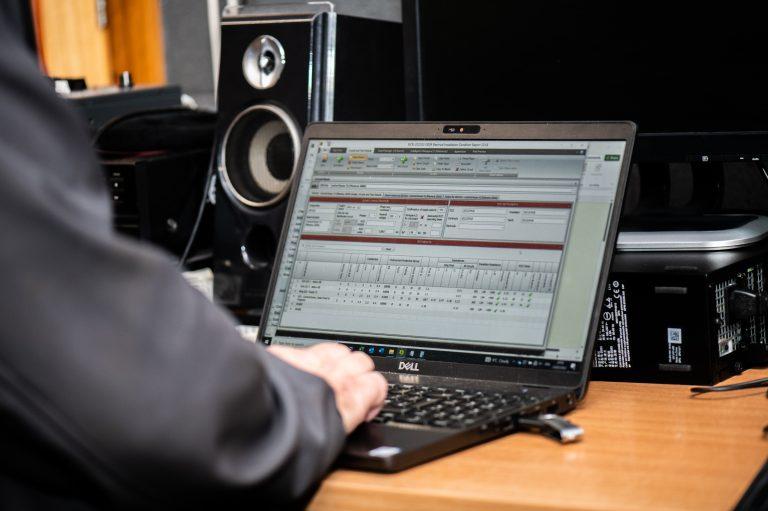Businesses know that carrying out PAT Testing is a requirement but what’s the difference between Class 1 and Class 2?
Electrical safety can be viewed in exactly the same way as any other type of building maintenance and it is a company’s responsibility to see that it is carried out regularly and thoroughly.
Businesses generally know that carrying out Portable Appliance Testing (PAT Testing) on their equipment fulfils their health & safety obligations.
However businesses can fail to recognise what constitutes a portable appliance, how often it should be tested, and the differences between a Class I and Class II appliance.
What is a Portable Appliance?
As a guide, a portable appliance can be classified as any piece of electrical equipment which is mains powered even if it is static and not easily portable. This encompasses everything from a PC to a photocopier, power tools to plant machinery.
How Often Should PAT Testing be conducted?
Although there is no specific legal obligation, it is recommended all portable appliances are tested annually, regardless of whether they are Class 1 or Class 2 to be sure they are working safely, although it may depend on the items’ usage and environment.
What is the difference between Class 1 and Class 2 appliances?
There are a number of different classifications of electrical appliance. With new safety regulations, some are obsolete and some refer to extra low voltage power sources.
Class 1 and Class 2 appliances are all powered by mains voltages. Both classes are required to provide at least two levels of protection to the end user. It’s like a back-up; if one protection layer fails then the second layer back-up is still in place. This makes electrical equipment safe to use. PAT testing checks that both levels of protection are working effectively.
The different ways in which these two levels are achieved within an item defines whether the equipment is a Class 1 or Class 2 appliance. Both Class 1 and Class 2 equipment require PAT testing, although it is important to differentiate the two as they are tested differently.
Class 1 Appliances
With Class 1 appliances, the user is protected by a combination of basic insulation and the provision of an earth connection, thus providing two levels of protection. When PAT Testing Class 1 appliances, Earth Continuity and Insulation Resistance tests are carried out. So in summary:
– If it is made of metal it must be a Class 1 appliance
– If it has a three core cable it must be a Class 1 appliance
– If the plug has a metal Earth pin it must be a Class 1 appliance
Typically fridges, microwaves, toasters are all Class 1.
Class 2 Appliances
In Class 2 appliances, the user is protected by at least two layers of insulation. For this reason, Class 2 appliances are also known as Double Insulated. They do not require an earth connection. When PAT Testing Class 2 appliances, just the Insulation Resistance test is carried out. So in summary:
– If the case is plastic it must be a Class 2 appliance
– If there is a double box symbol on the rating plate it must be a Class 2 appliance
Typically computers and photocopiers are Class 2, most plastic power tools would also be Class 2.
Arranging a PAT Test
Intersafe are experts in electrical testing, with a focus on planning a bespoke testing schedule with clients in order to minimise disruption, which may include out of hours or out of terms testing, or working within your operationally quiet periods.
To discuss your PAT testing requirements, please call us 02380 236200 or request a quotation.
Do you require PAT Testing? Contact Intersafe




